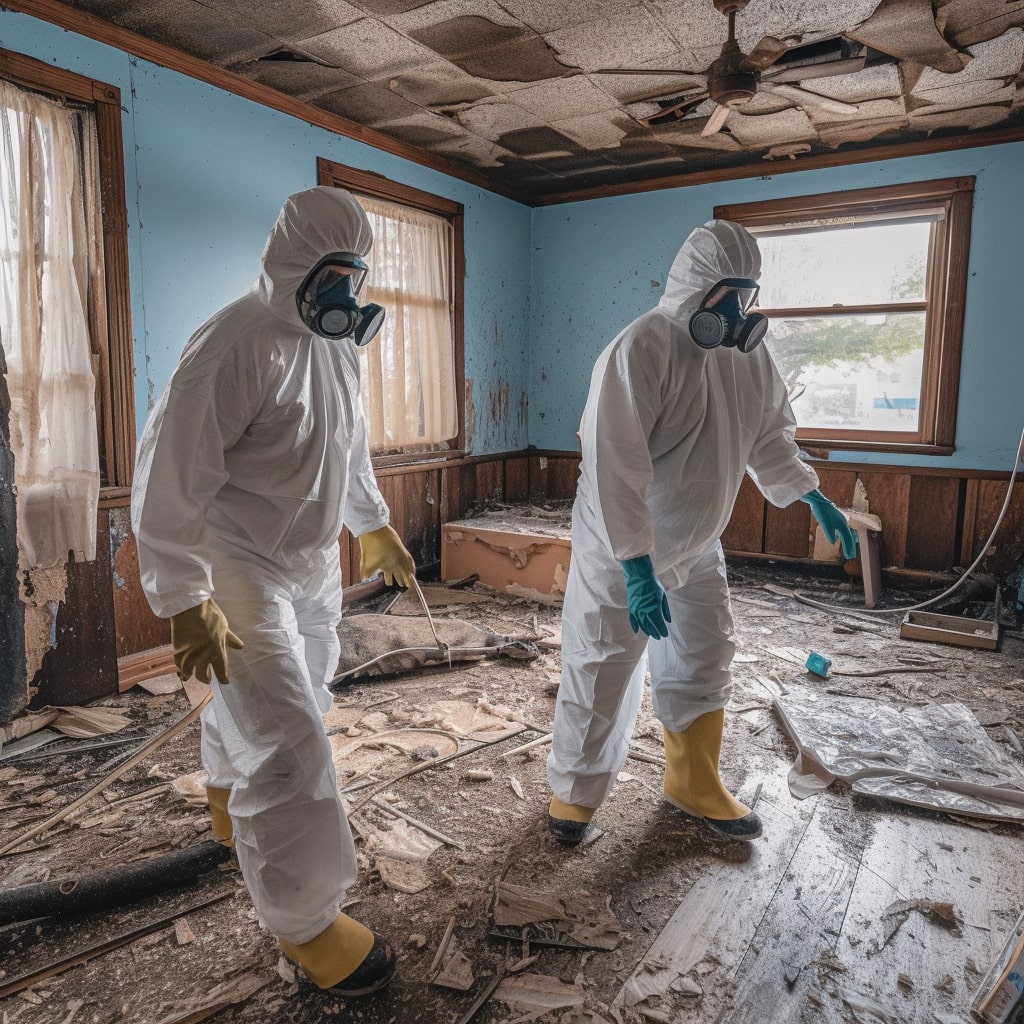In an era where health and safety take precedence, the proper disinfection of Personal Protective Equipment (PPE) is vital for occupational hazard prevention.
This article offers a comprehensive guide on effective PPE sterilization techniques, ensuring the wellbeing of personnel across various industries.
We will explore methodical cleaning processes, material-specific care, and maintenance protocols, providing authoritative insights for optimal PPE hygiene.
Adherence to these practices is crucial for sustaining a secure and health-conscious work environment.
Understanding PPE Disinfection
PPE disinfection is a critical procedure that involves the removal of pathogens from protective gear to ensure its safe reuse and maintain its protective integrity. Employing proper techniques and adherence to disinfection guidelines are essential to effective cleaning.
Best practices dictate a methodical approach utilizing validated disinfection methods to eliminate contaminants, thus safeguarding healthcare professionals and patients from potential infection risks.
Assessing PPE Condition
Regular inspection of every piece of PPE is essential to ascertain its suitability for continued use and effective protection.
- Assessing PPE damage: Scrutinize materials for integrity breaches.
- Identifying signs of wear: Look for unusual deformities or color changes.
- Checking for cracks or tears: Examine equipment surfaces meticulously.
- Inspecting for proper functionality: Test mechanical components to ensure reliability.
Adherence to these guidelines is critical for ensuring safety.
Pre-Cleaning Preparation
Before initiating the cleaning process, ensure all personal protective equipment is fully disassembled, if applicable, and free of any coarse debris or residue.
Adopt pre-cleaning techniques that include brushing or wiping surfaces to remove visible contamination.
Gather necessary supplies such as gloves and recommended disinfectants.
Emphasize the importance of proper ventilation when handling contaminated PPE, to mitigate the inhalation of harmful pathogens or chemical vapors.
Disinfecting Different Materials
In consideration of the varying nature of materials used in personal protective equipment, specific disinfection methods must be meticulously applied to ensure the integrity and safety of each item.
- Cleaning Techniques: Select techniques that match material properties, avoiding abrasion or degradation.
- Disinfecting Agents: Use chemicals compatible with the material to prevent deterioration.
- Material Compatibility: Ensure selected disinfectants do not compromise material strength.
- Proper Drying & Safety Precautions: Allow complete drying; follow safety guidelines to prevent harm.
Drying and Inspection Process
Ensure thoroughly cleaned personal protective equipment is completely air-dried and meticulously inspected for any signs of damage before reuse. Employ standardized drying techniques to prevent moisture retention, which can compromise integrity.
Utilize authoritative inspection methods to detect weaknesses or degradation. Post-disinfection, follow stringent handling precautions during equipment storage to maintain hygiene.
Select disinfectant options compatible with PPE materials, ensuring safety and efficacy during subsequent use.
Storage and Handling Tips
After disinfecting personal protective equipment, it is crucial to store and handle items correctly to maintain their integrity and ensure continued protection.
- Follow storage guidelines to designate a clean, dry area for equipment maintenance.
- Utilize proper storage containers or covers to protect from contaminants.
- Handle equipment with clean hands to prevent recontamination post-cleaning.
- Implement systematic cleaning techniques to facilitate consistent equipment handling and care.
Regular Maintenance Schedule
Establishing a regular maintenance schedule for personal protective equipment is essential for optimal performance and longevity. A methodical approach ensures best practices are followed, effectively maintaining the equipment’s effectiveness.
Prolonging lifespan involves a routine of meticulous equipment inspection, identifying wear or contamination. Establishing routine maintenance safeguards the integrity of PPE, underpinning the health and safety standards that protect users in hazardous environments.
Addressing Common Mistakes
While a regular maintenance schedule is crucial for the care of personal protective equipment, addressing common mistakes can further enhance its longevity and effectiveness.
- Overlooking pre-cleaning steps, which remove gross contaminants before disinfection.
- Ignoring manufacturer-recommended disinfection methods, risking equipment integrity.
- Neglecting thorough equipment inspection post-disinfection for any damage.
- Disregarding storage precautions that prevent contamination or degradation of disinfected equipment.
Conclusion
In summary, the meticulous disinfection of Personal Protective Equipment is imperative for occupational safety. Adherence to established protocols ensures the removal of hazardous pathogens and the preservation of PPE integrity.
Organizations must employ rigorous cleaning, drying, and storage practices to maintain the protective qualities of equipment. A regular maintenance schedule, alongside avoidance of common disinfection errors, is essential for fostering a secure working environment and upholding the health of personnel.

